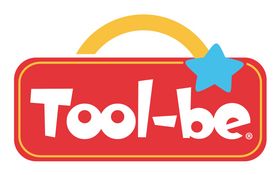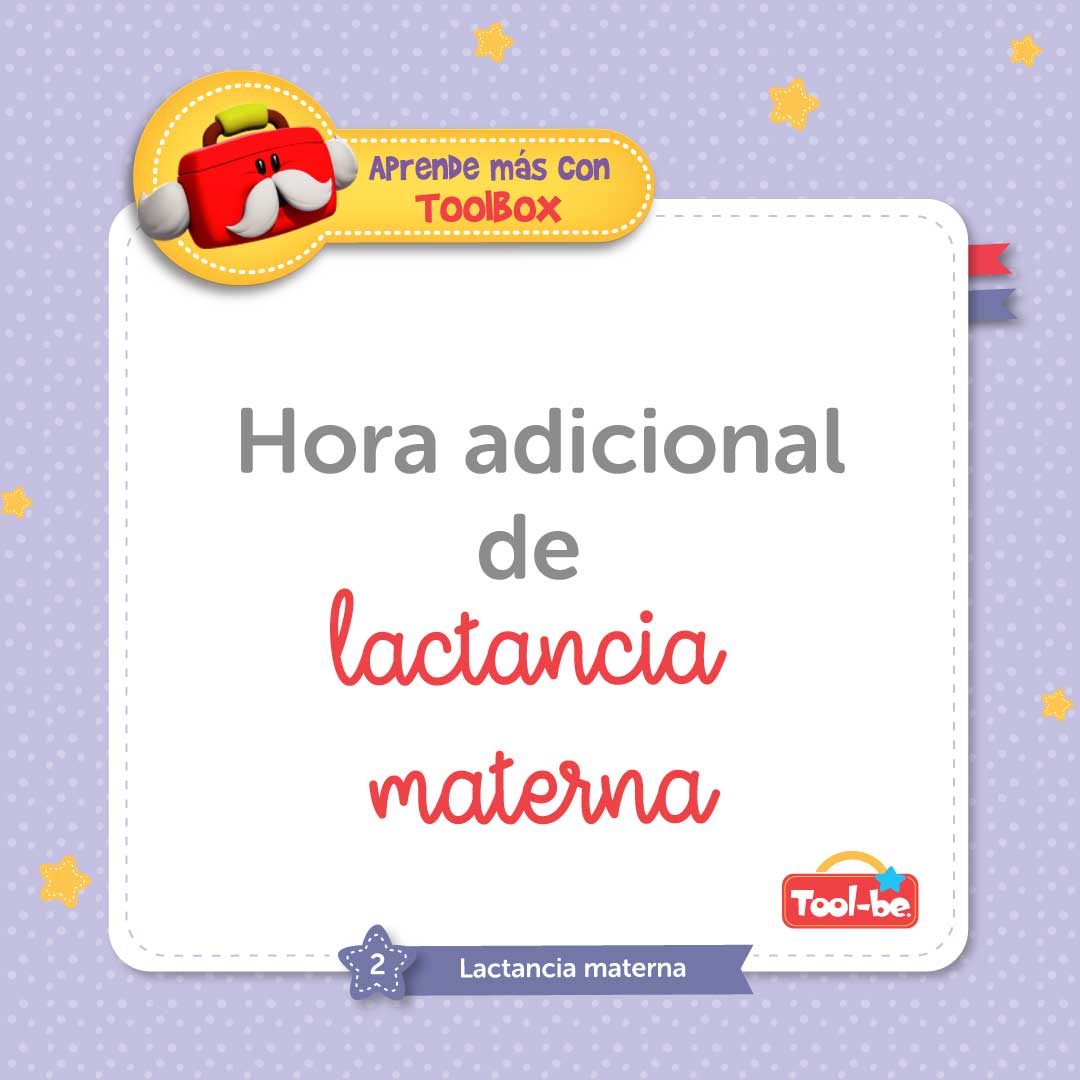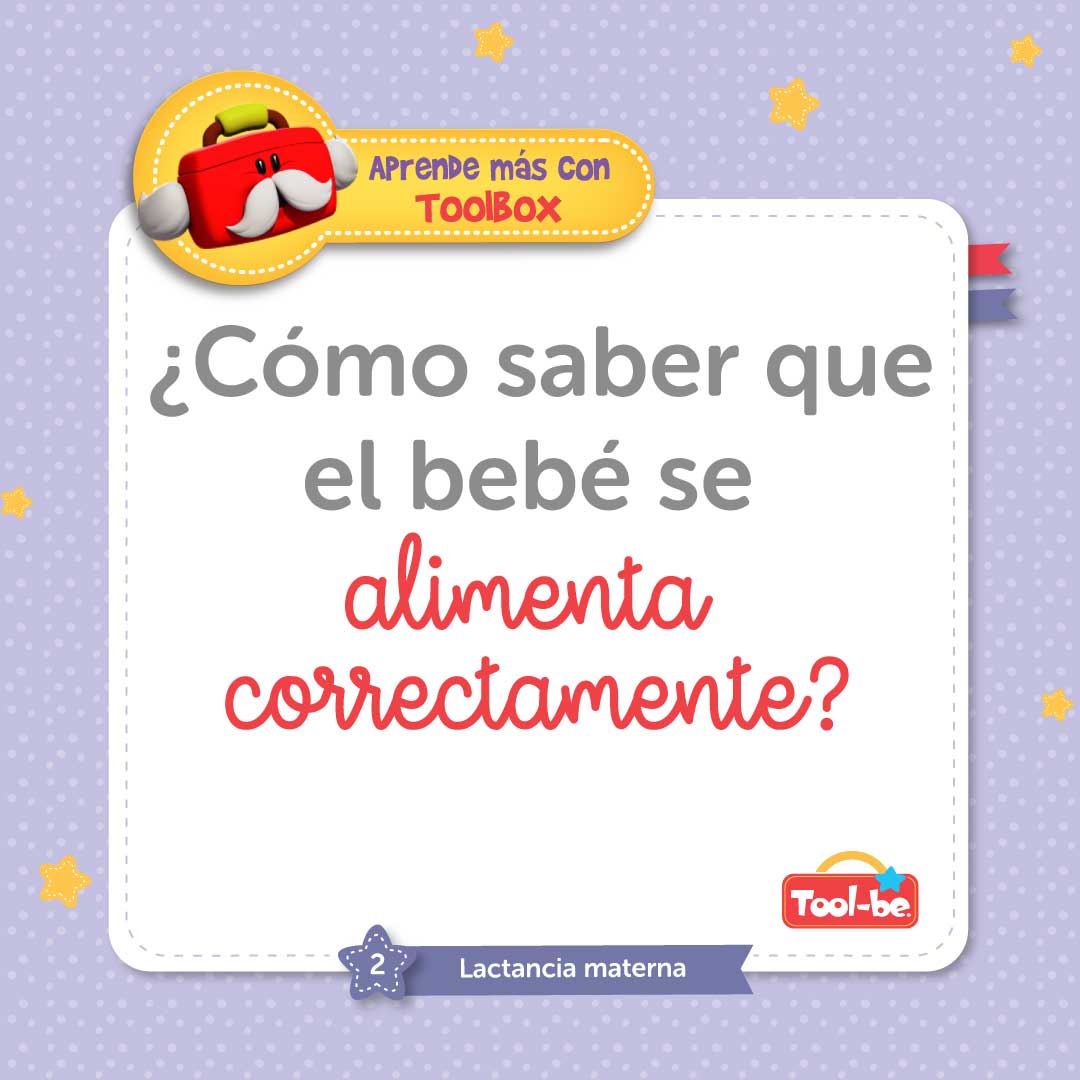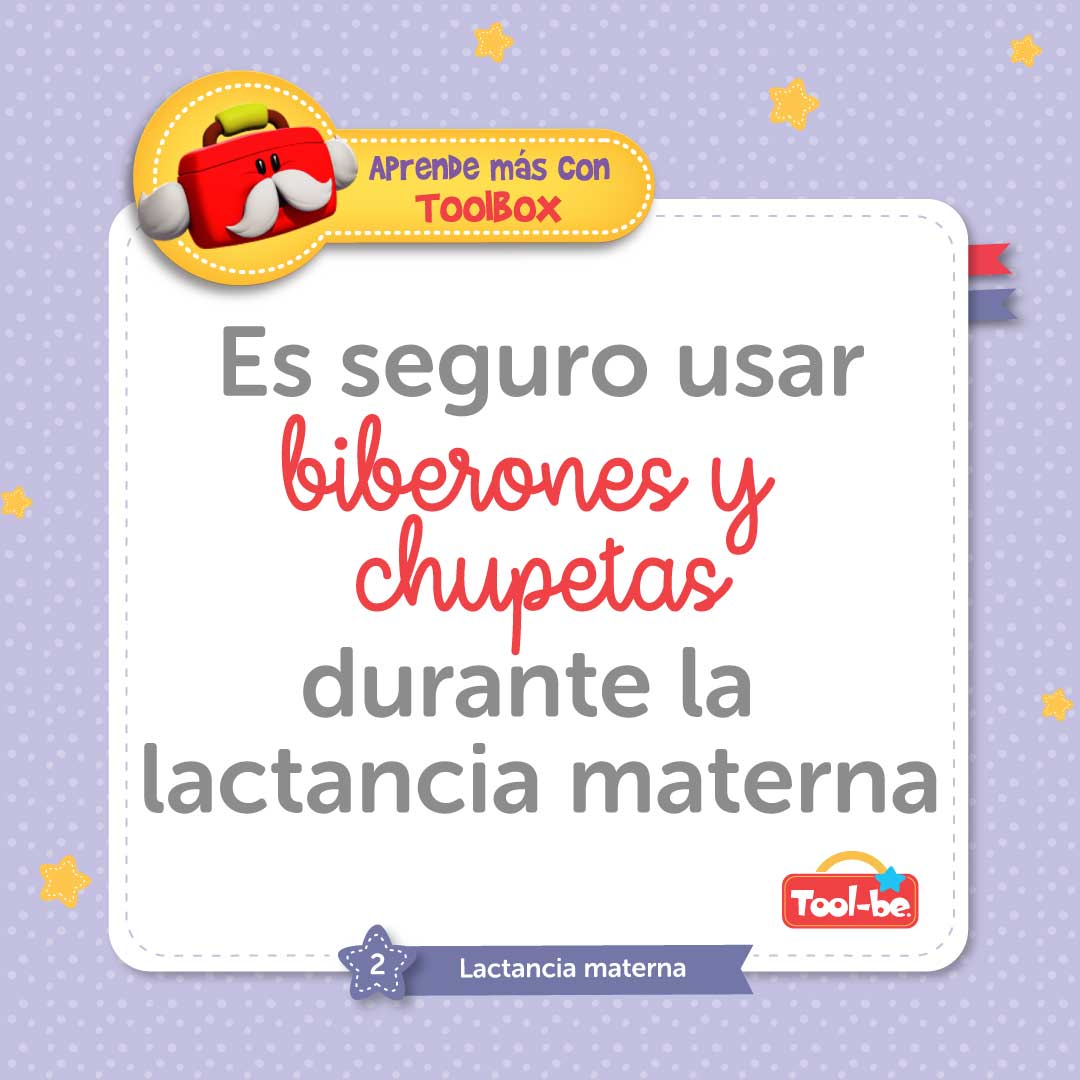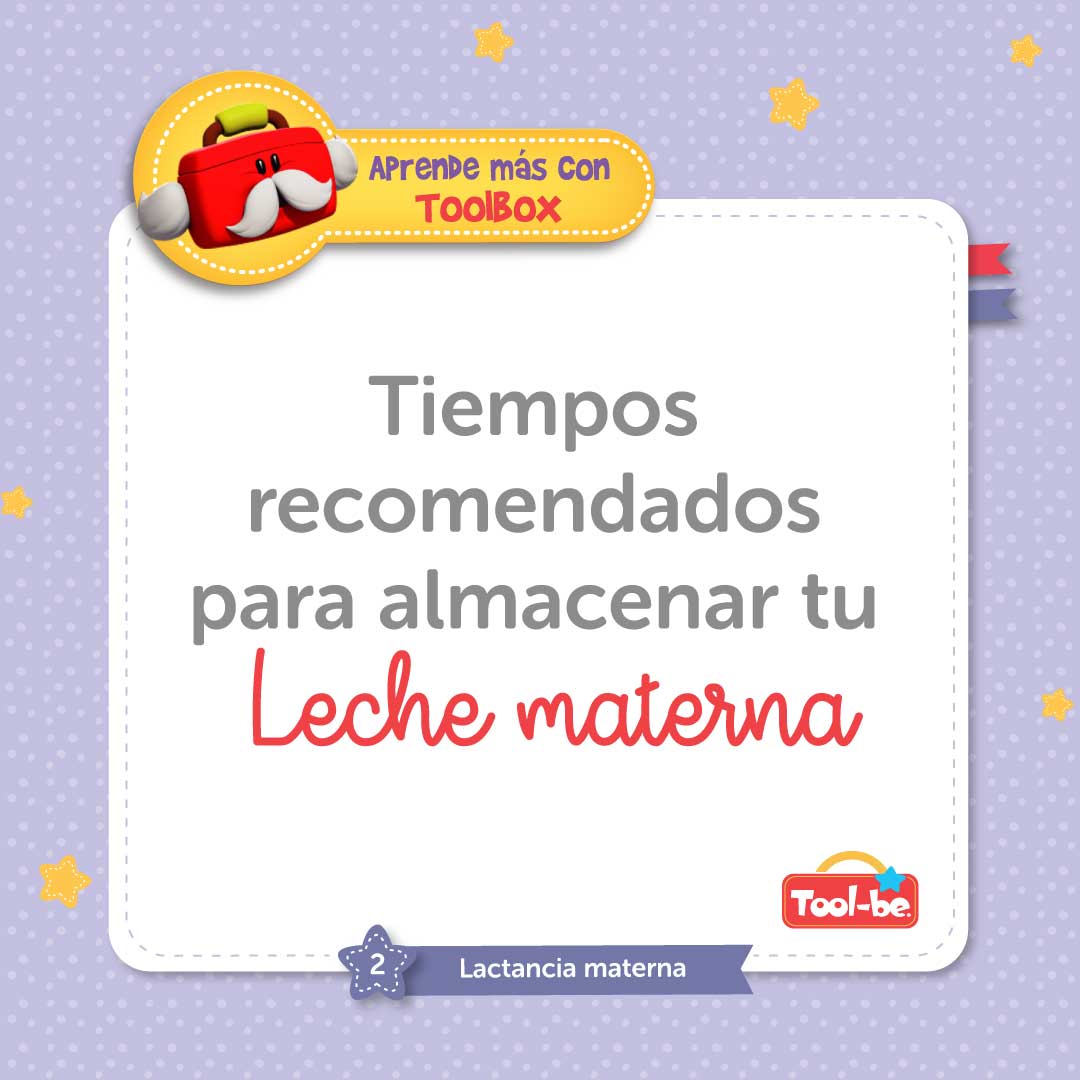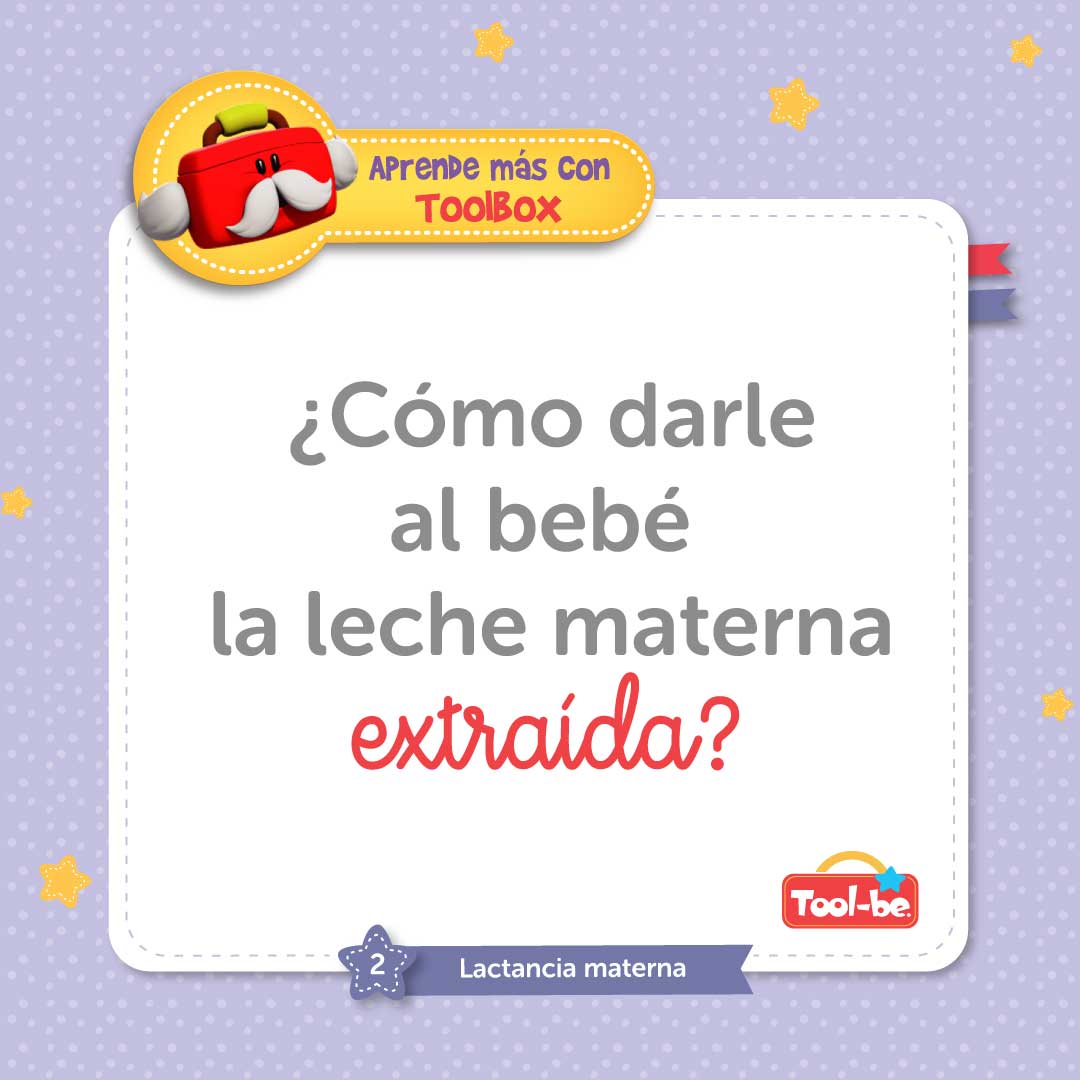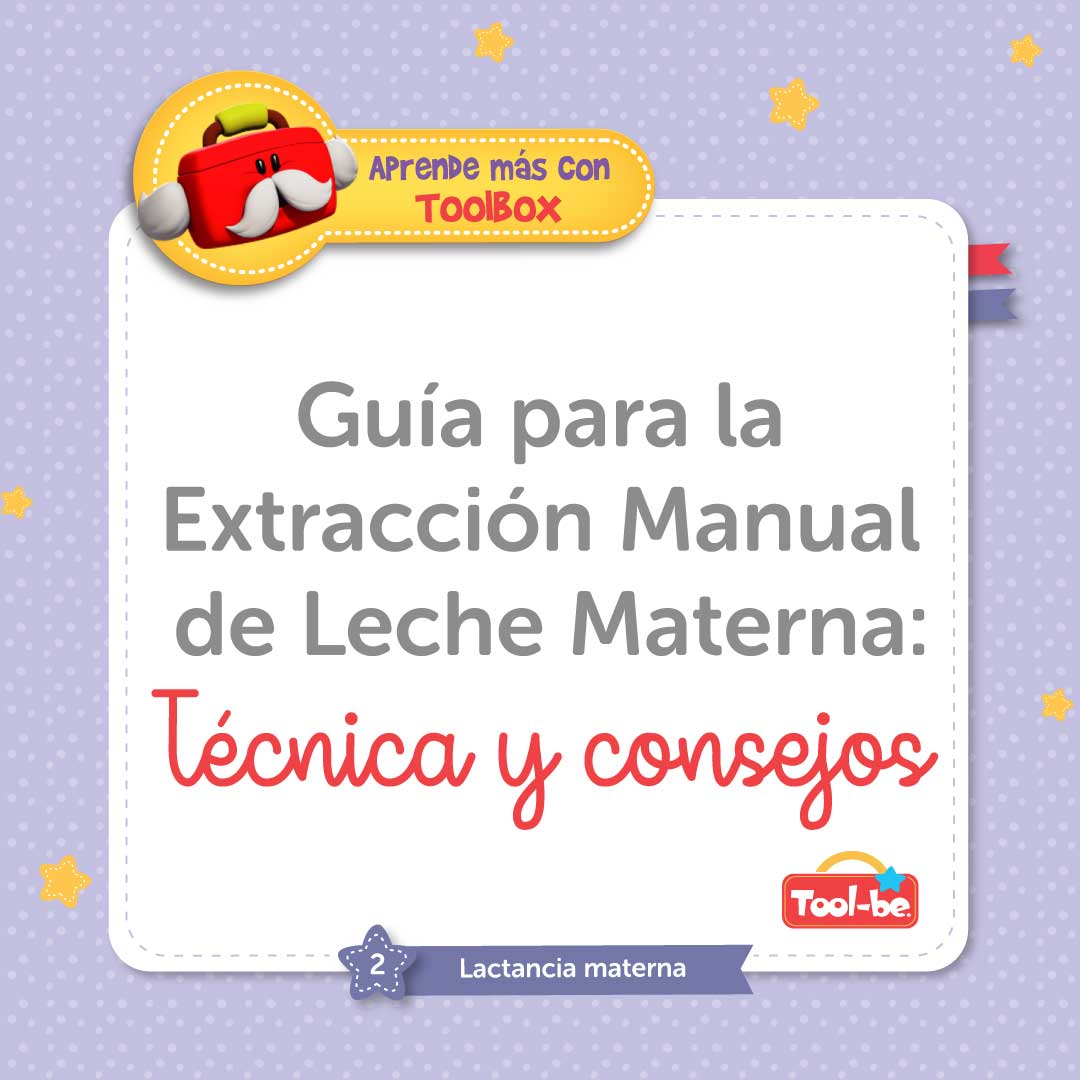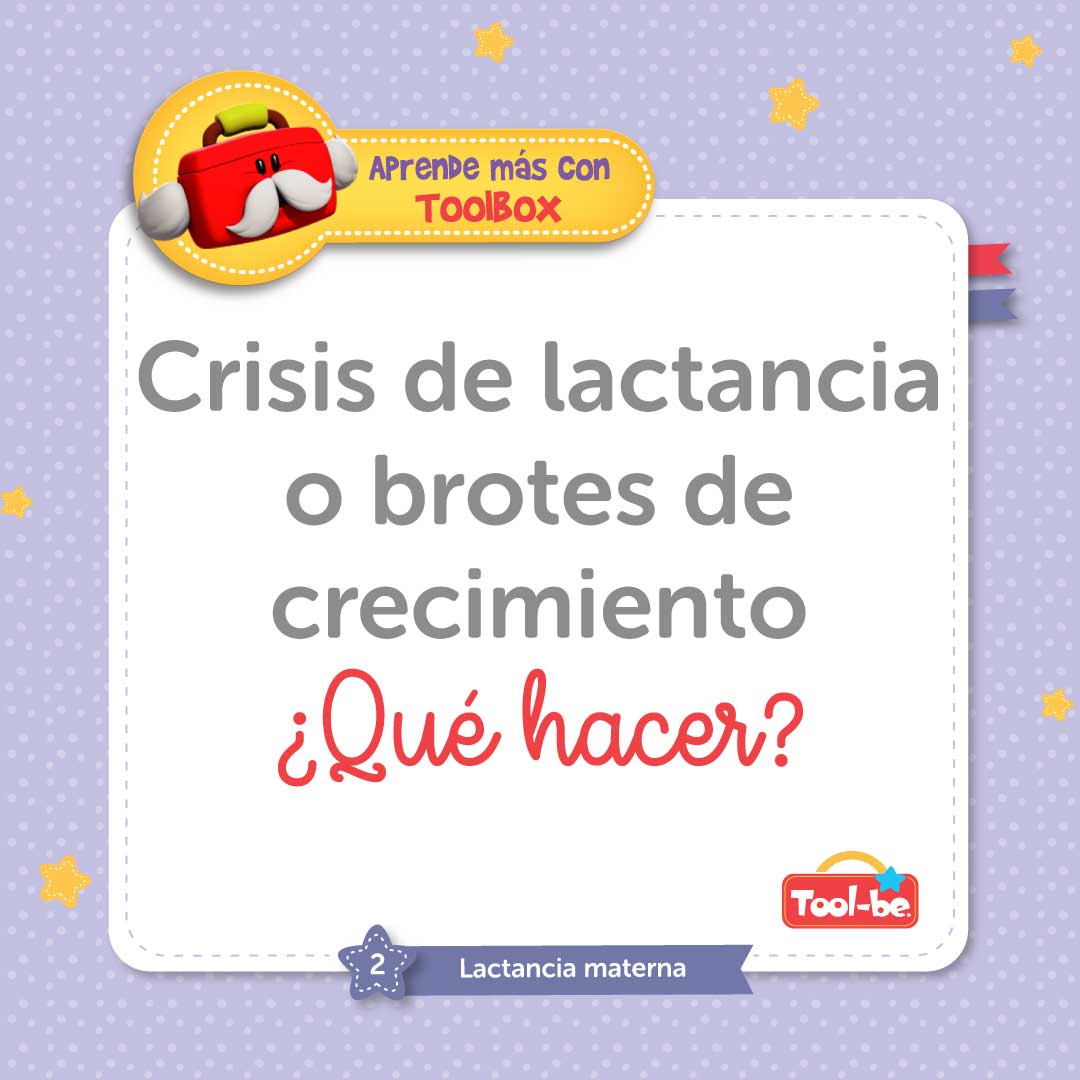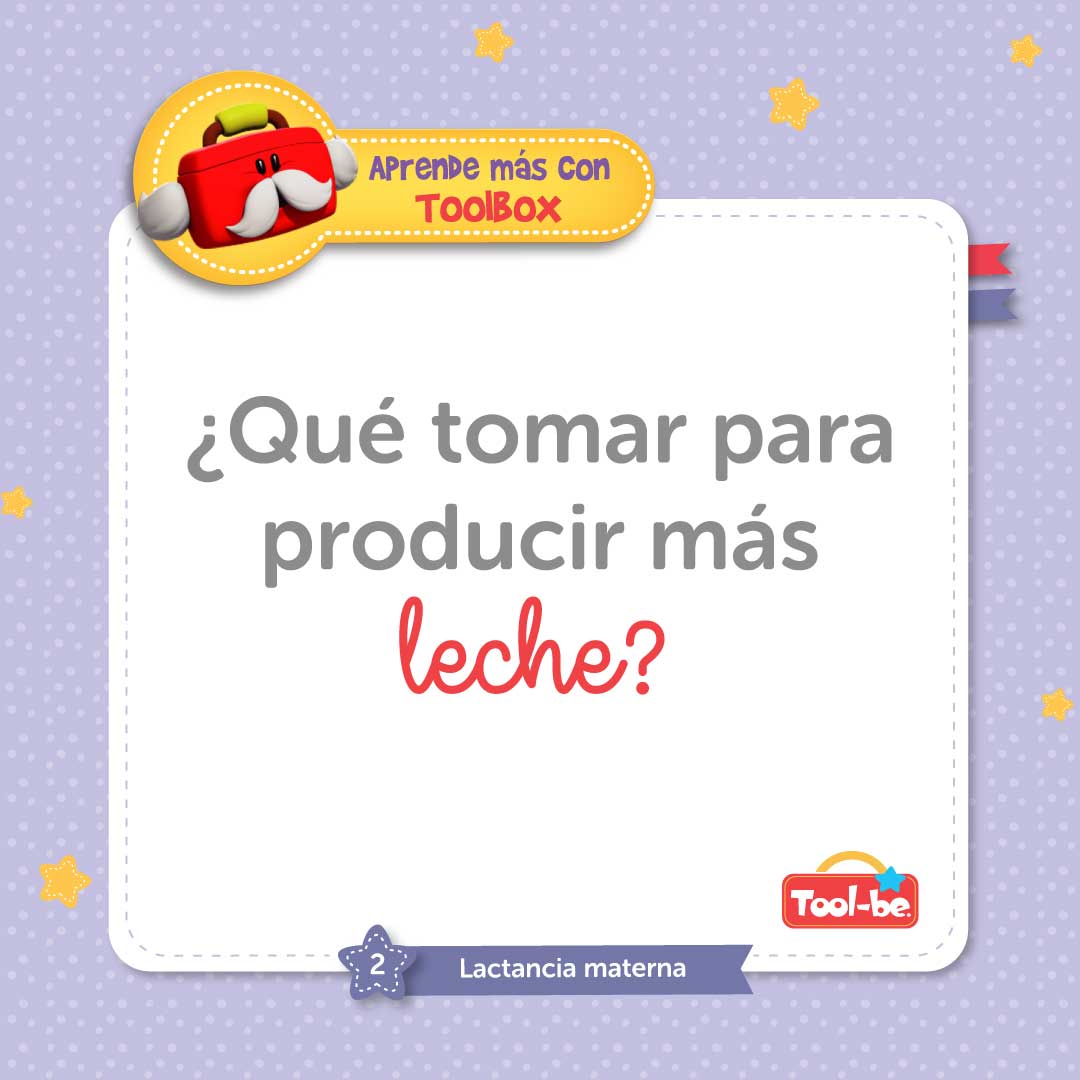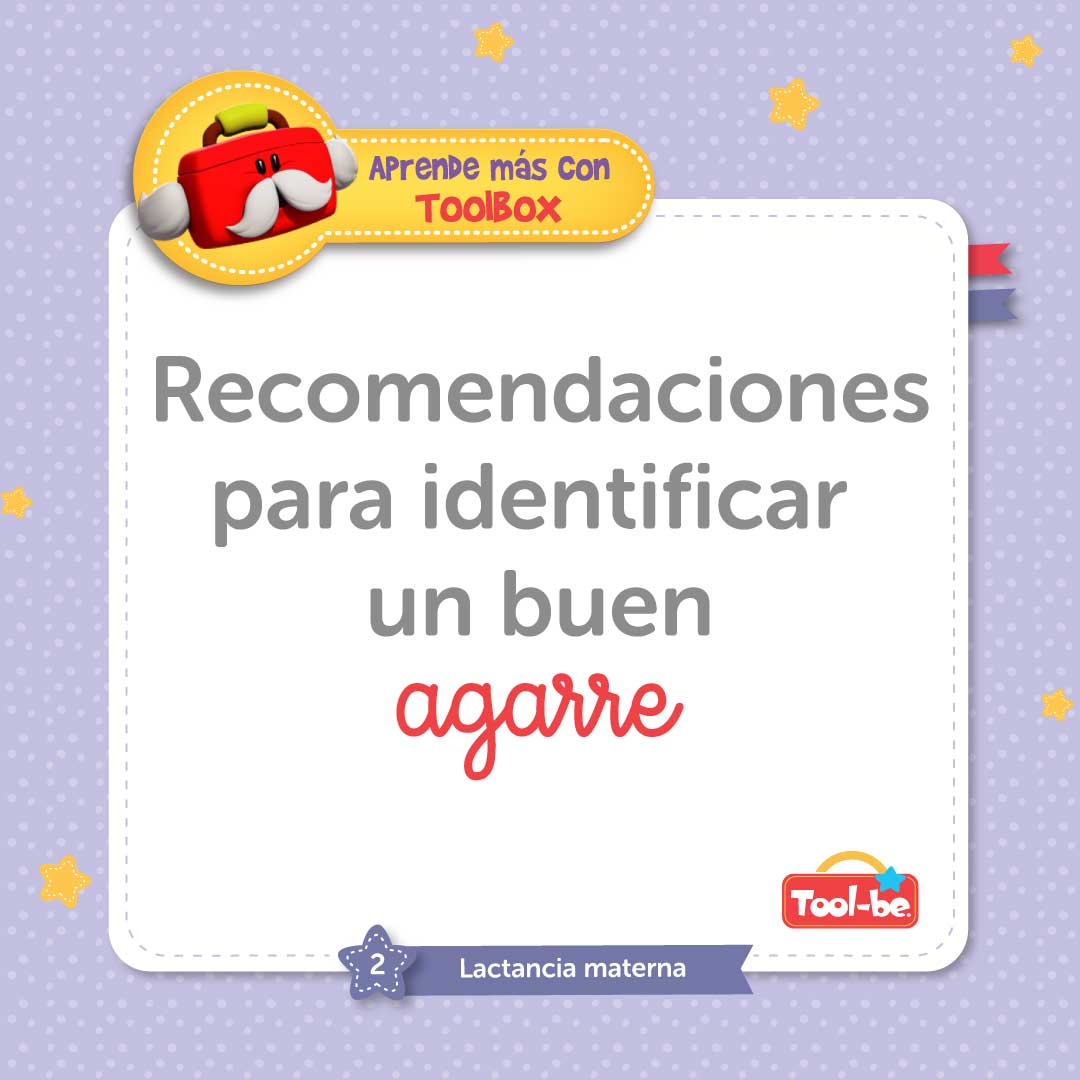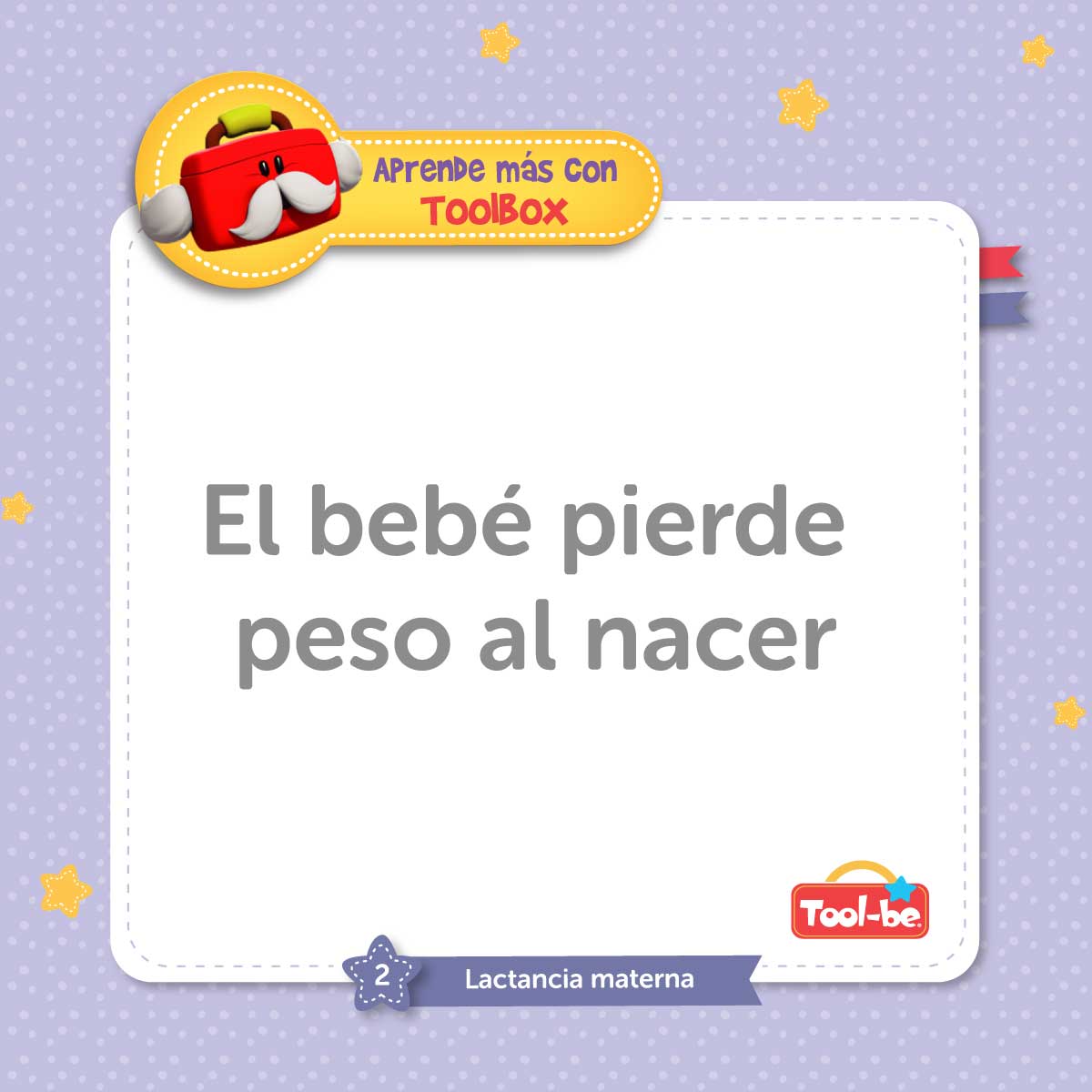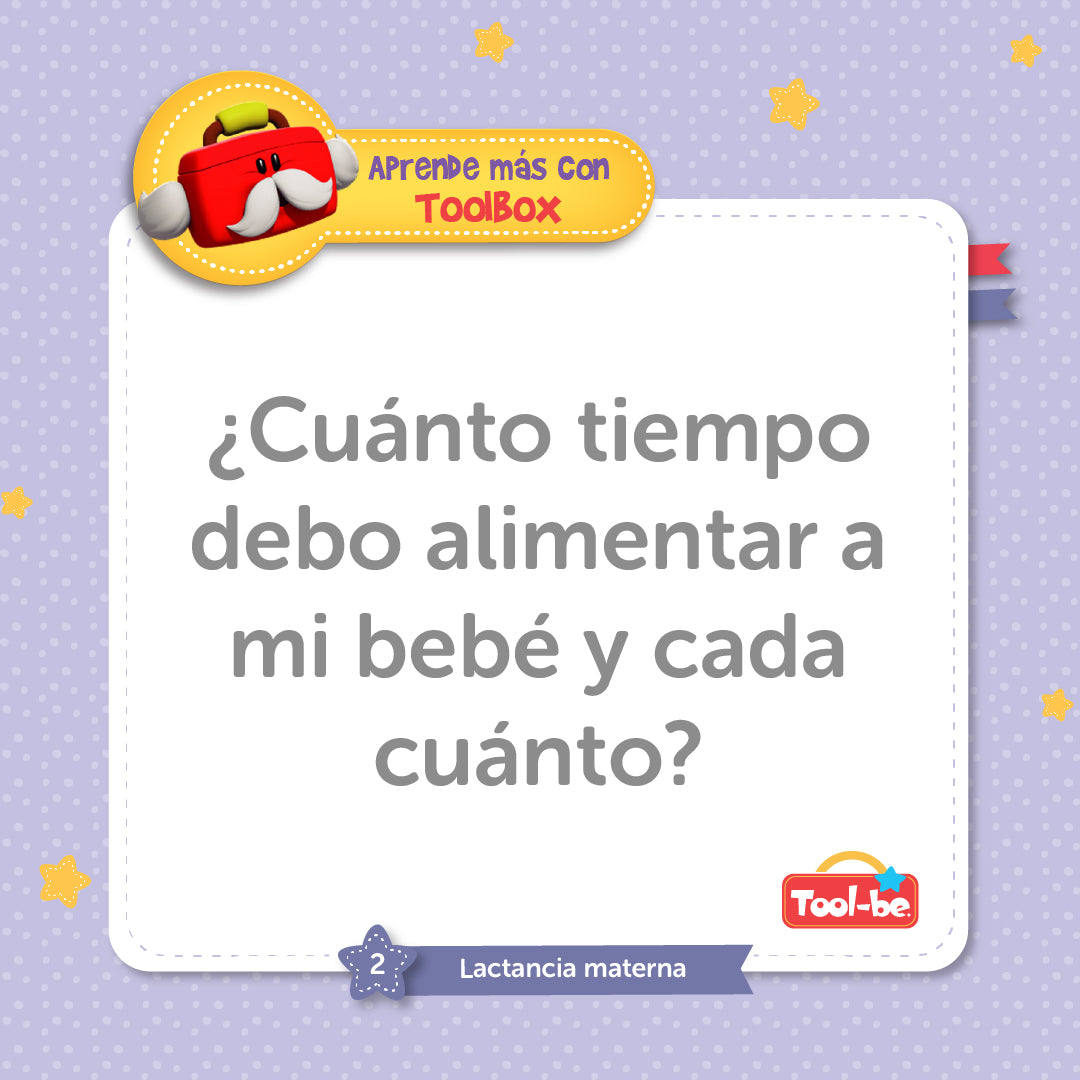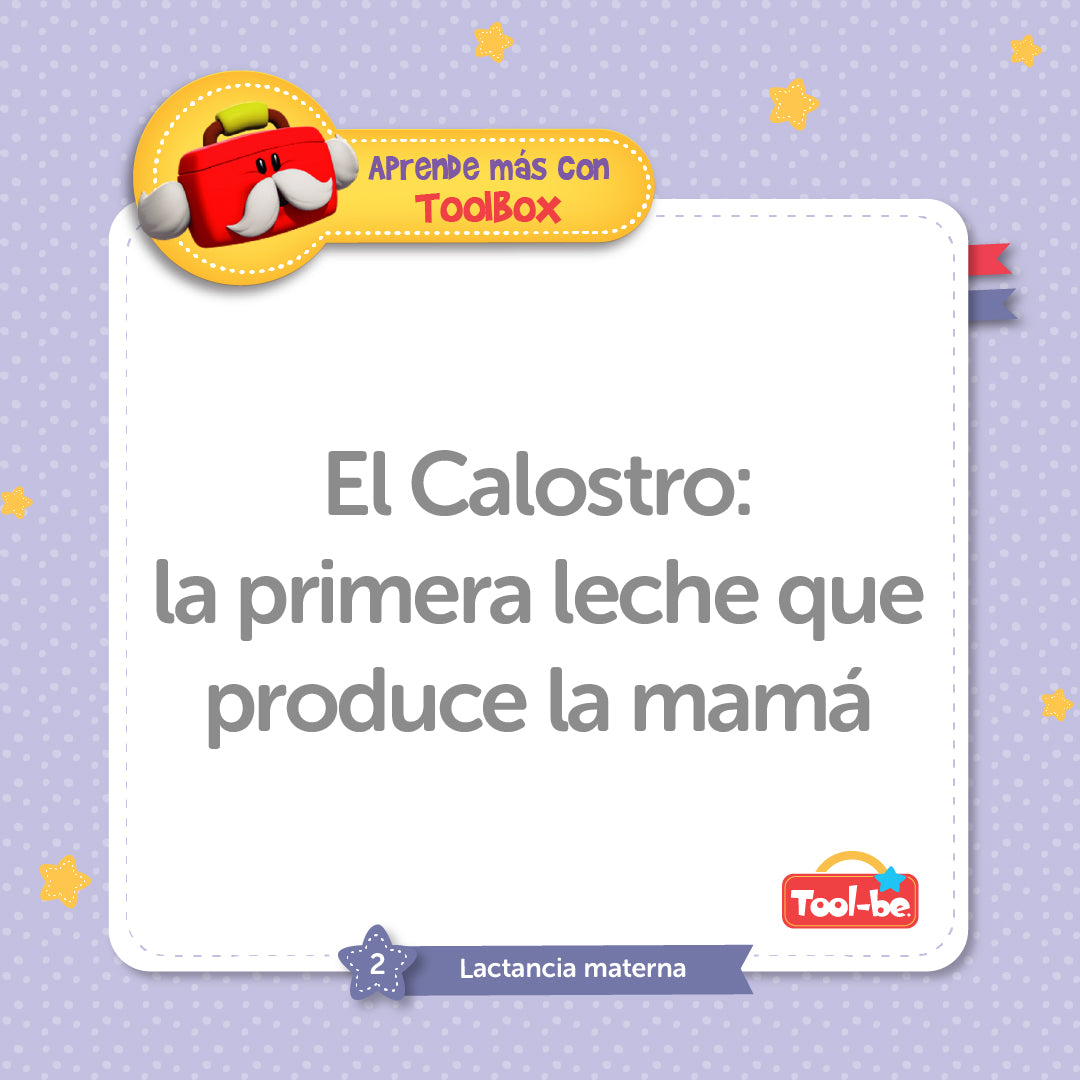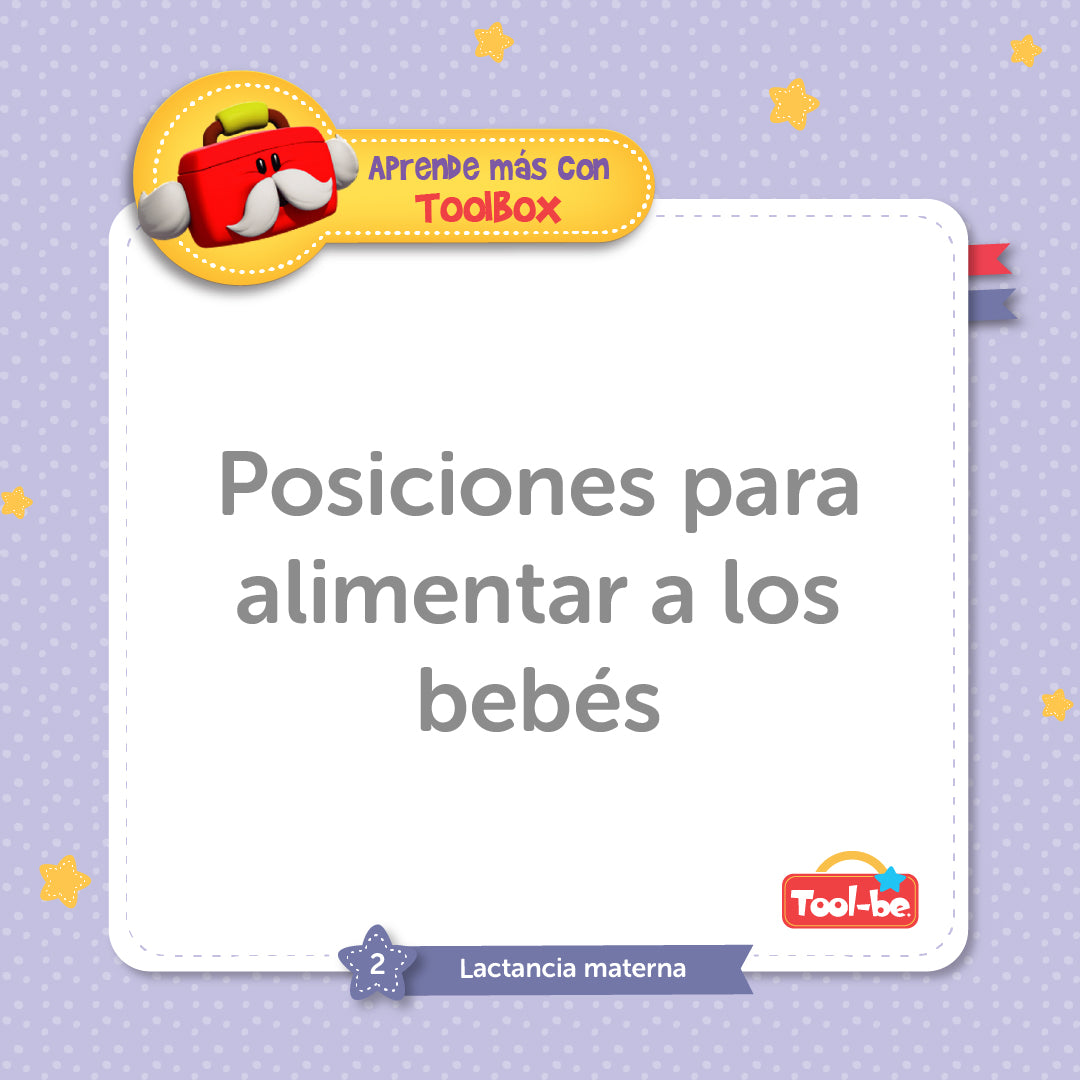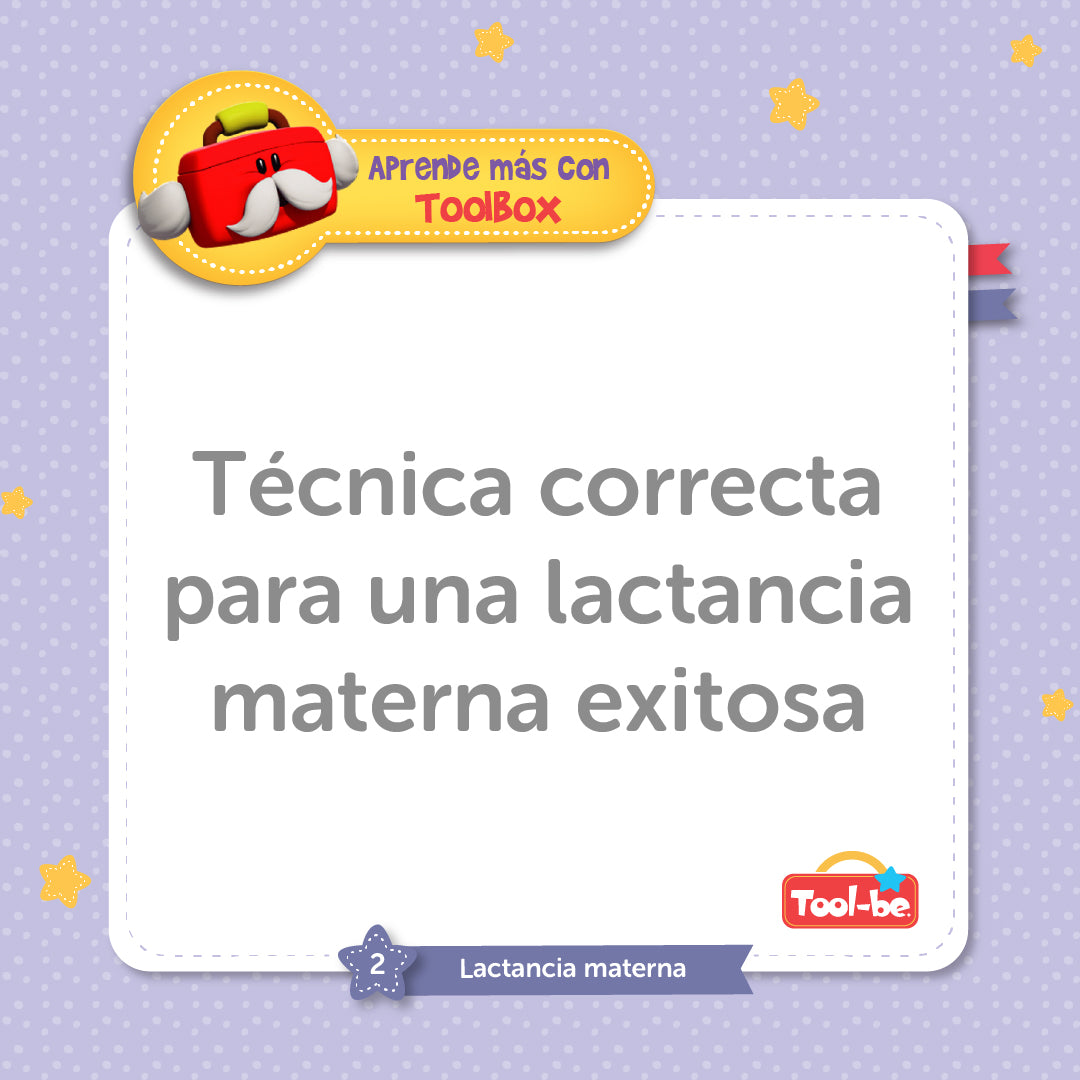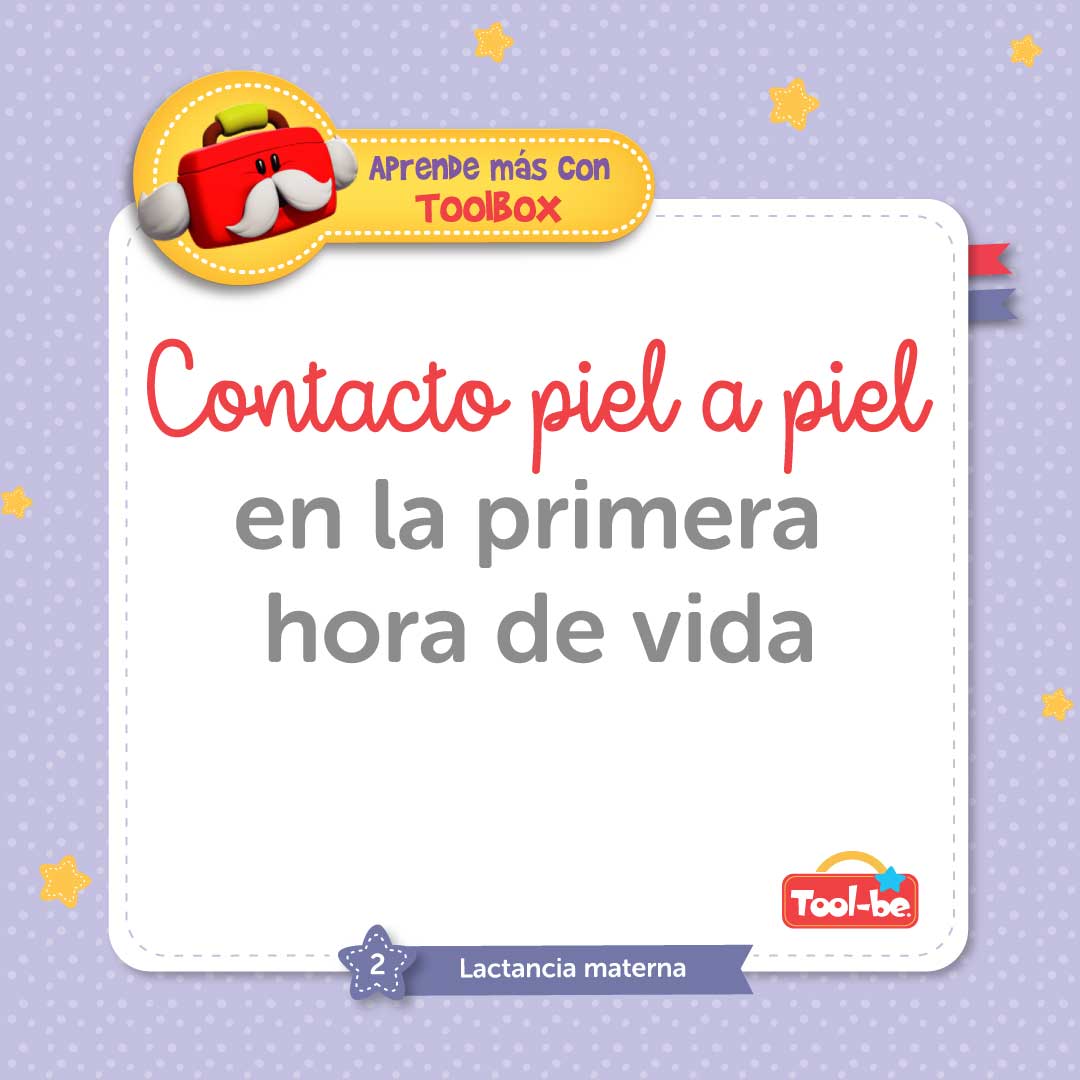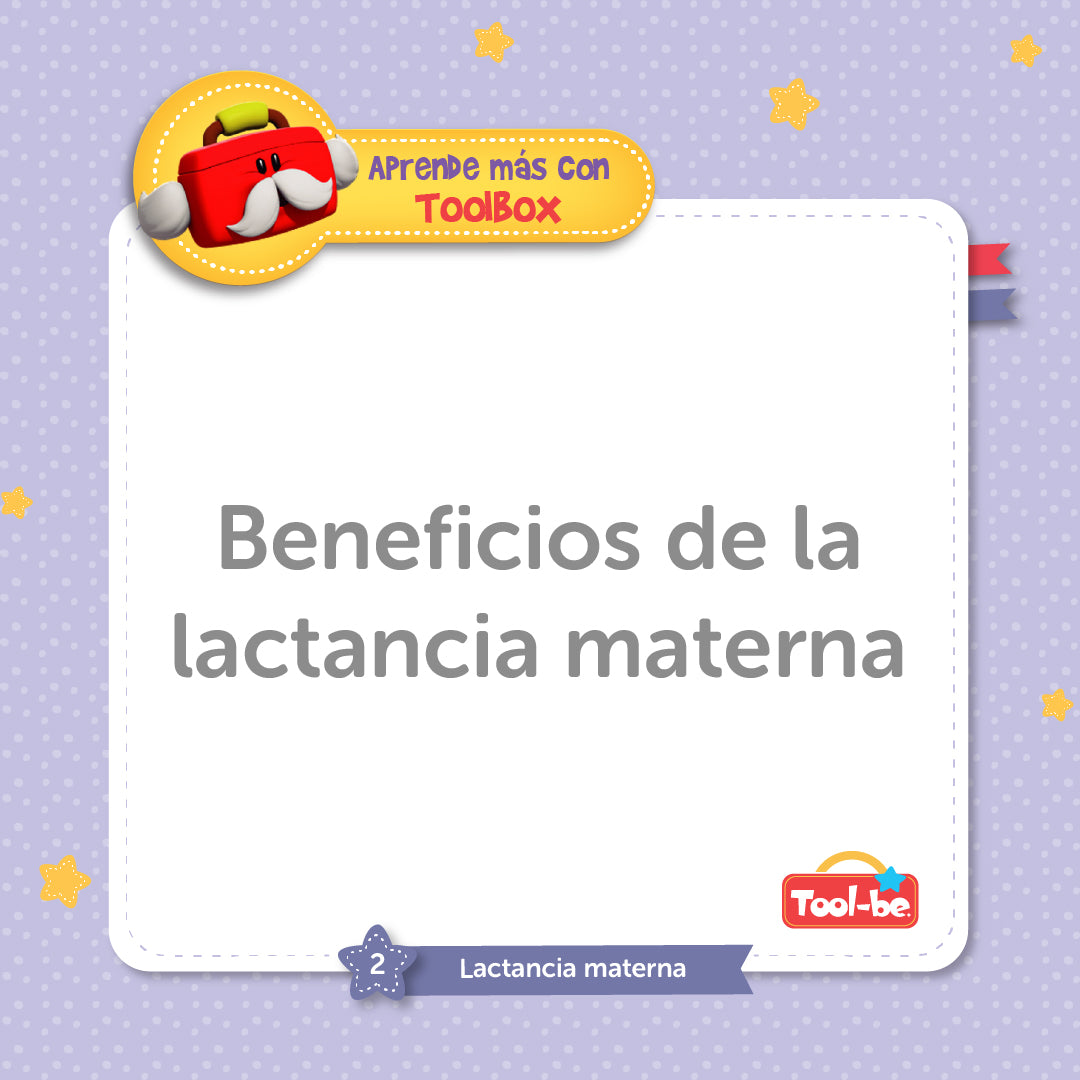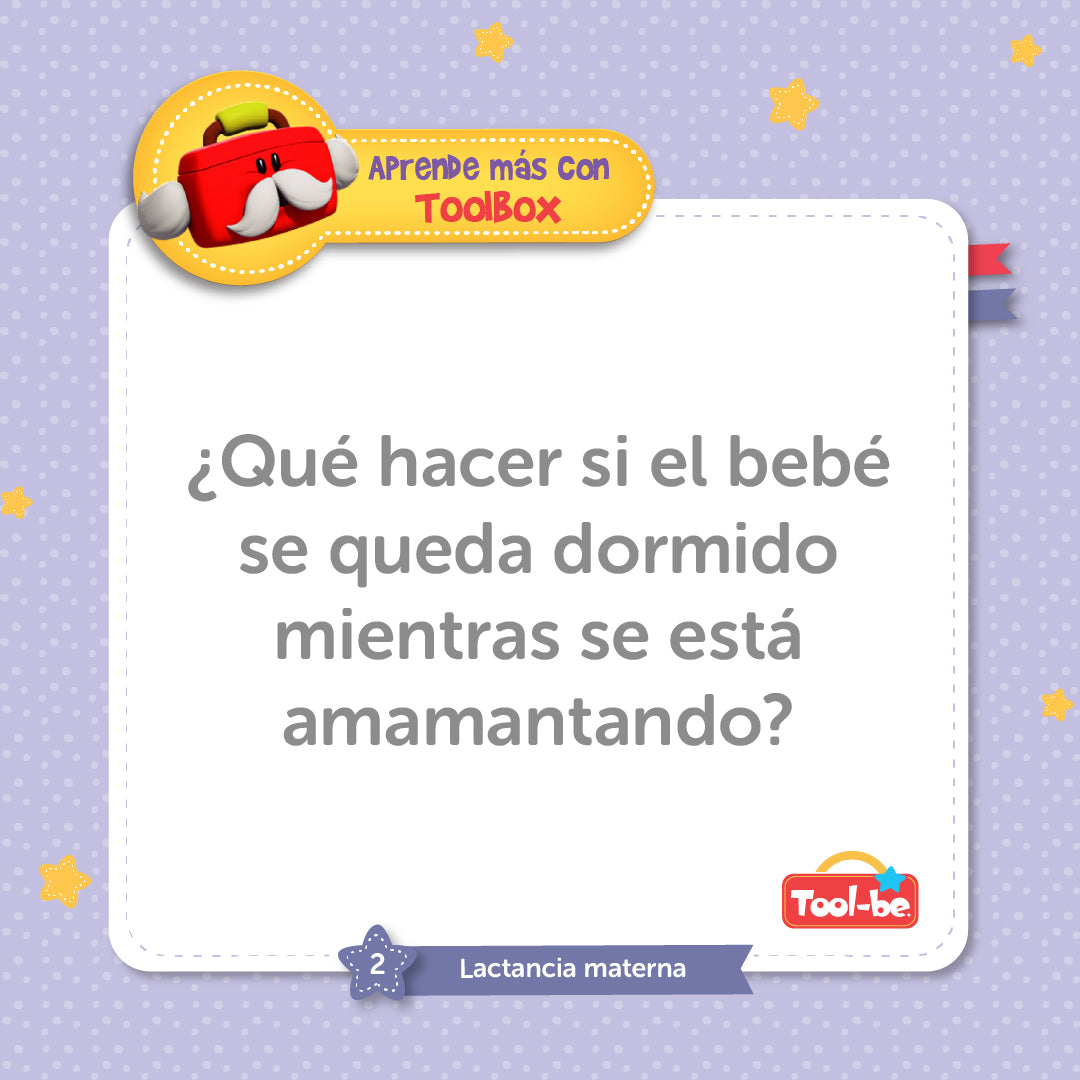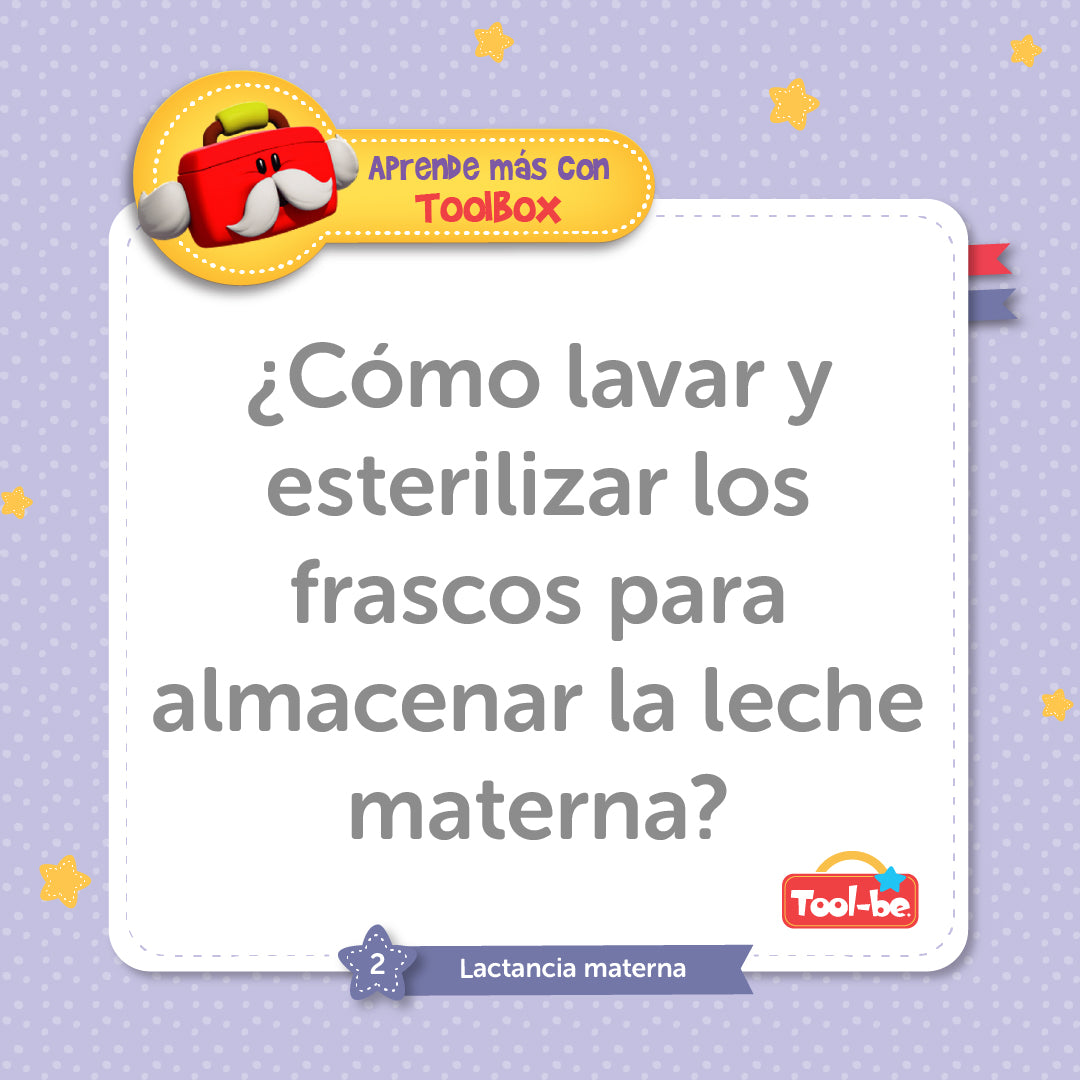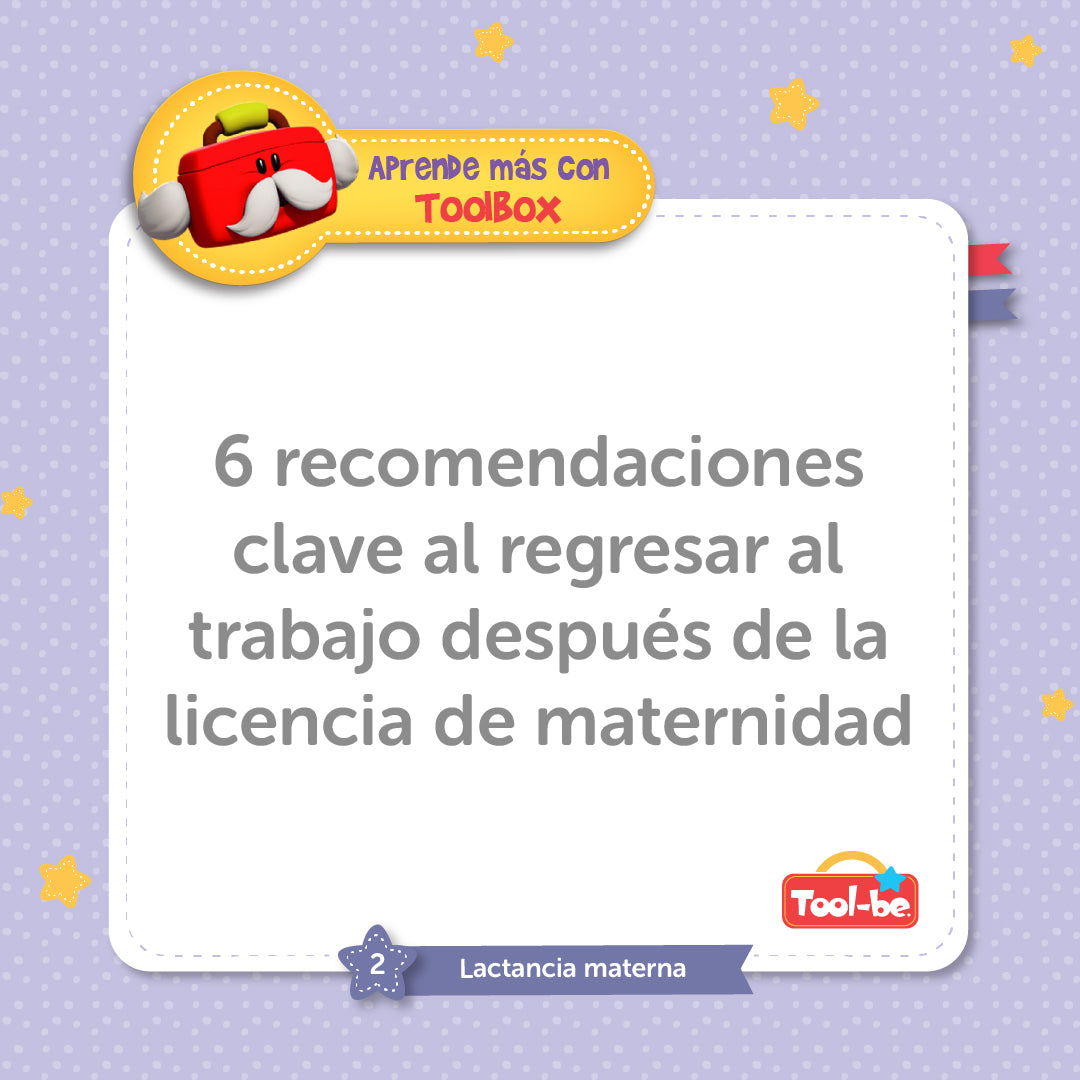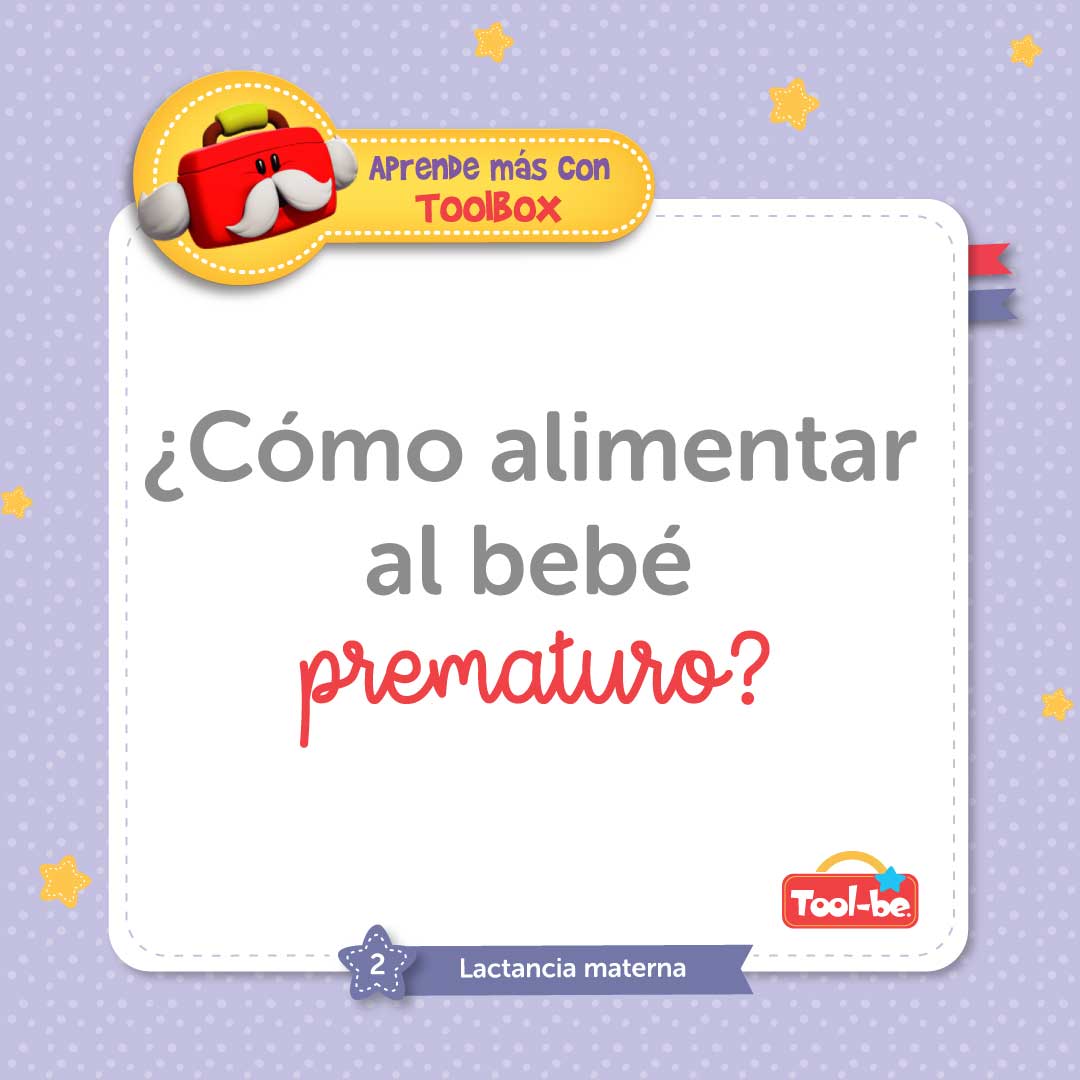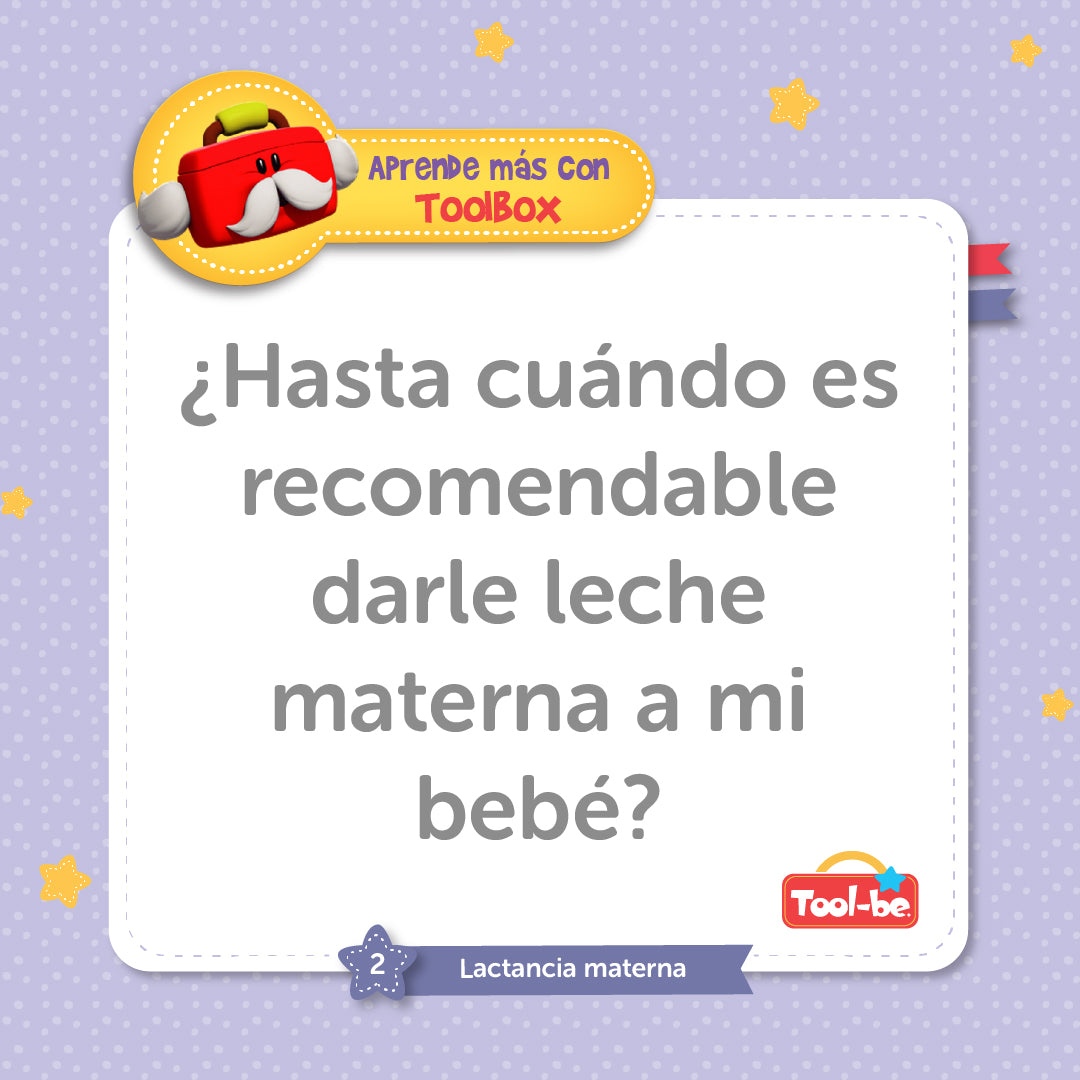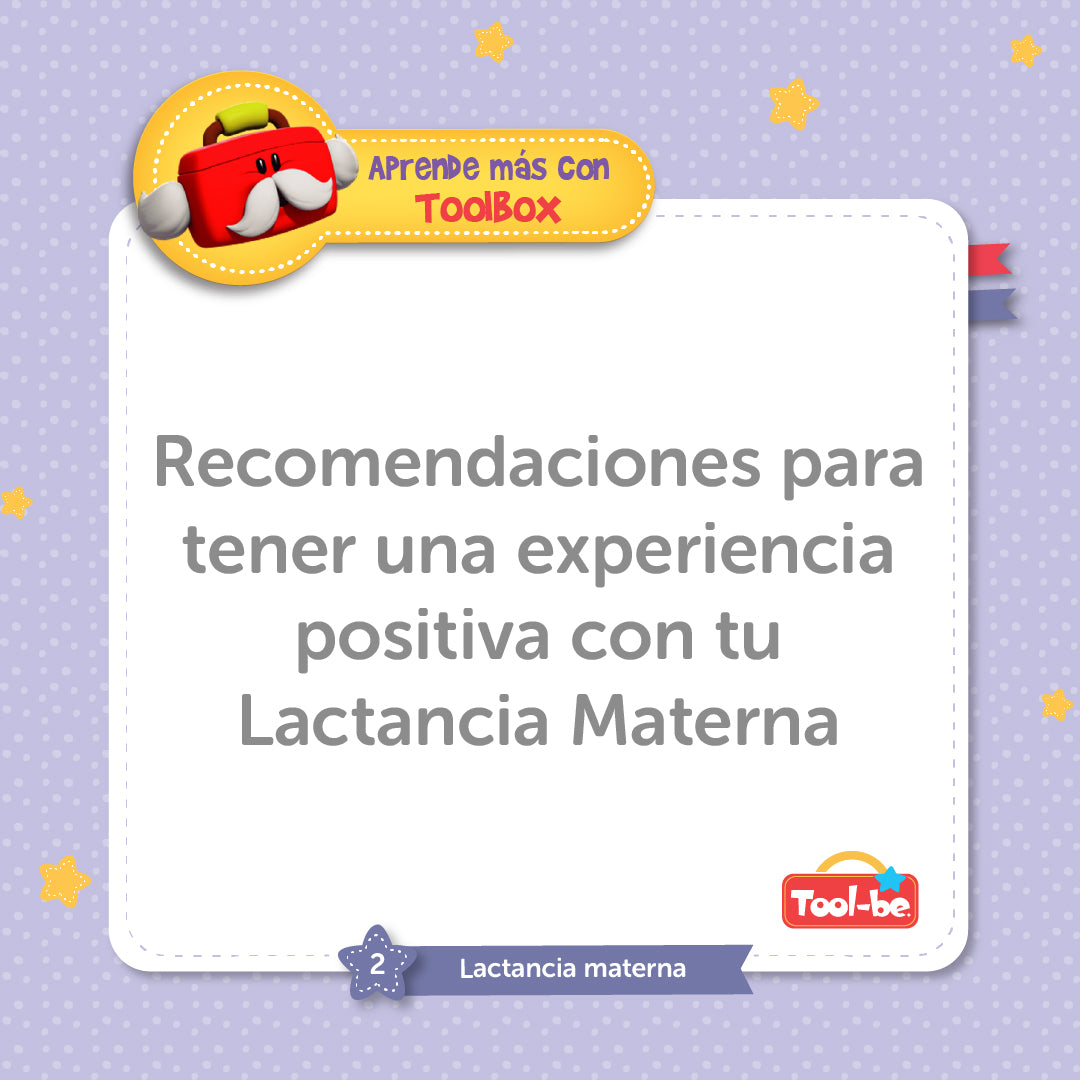Breastfeeding

SOS Lactancia Materna
Plataforma de apoyo y consulta para familias
Podrás encontrar respuesta a las causas más frecuentes de consulta de mamás y familias con especialistas en Lactancia Materna.
*Esta herramienta no sustituye una consulta a un especialista en Lactancia Materna.
Podcast disponible en:
Herramientas para tu lactancia

“En ocasiones no apreciamos la dimensión del vínculo afectivo generado con nuestros hijos a través de la lactancia, pues va más allá del plano físico y del cuidado… es una conexión profunda que involucra intensamente sentidos y emociones en una dimensión espiritual”
Paula Andrea Henao
Médico Pediatra, U. de A., Medellín – Colombia
Consultora Internacional Certificada en Lactancia Materna
Tool-be® apoya, defiende y promueve la lactancia materna como uno de los mayores regalos de vida que una mamá puede dar a sus hijos.
